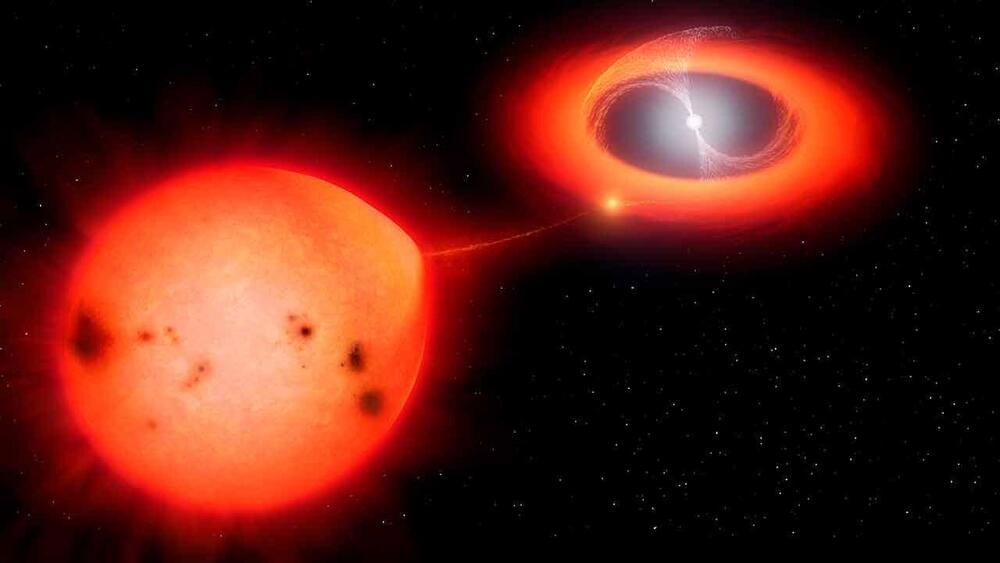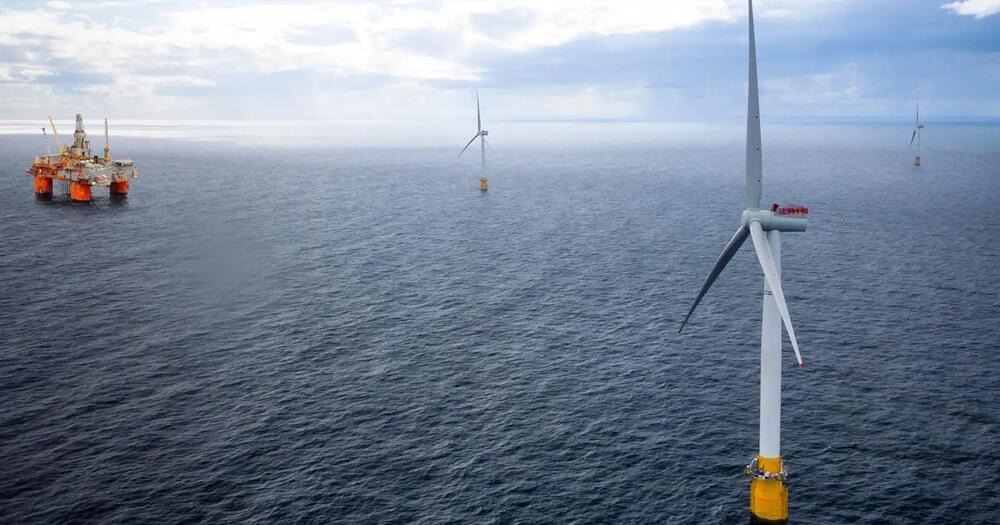Jun 15, 2022
A weird star produced the fastest nova on record
Posted by Shubham Ghosh Roy in categories: chemistry, energy, space
Astronomers are buzzing after observing the fastest nova ever recorded. The unusual event drew scientists’ attention to an even more unusual star. As they study it, they may find answers to not only the nova’s many baffling traits, but to larger questions about the chemistry of our solar system, the death of stars and the evolution of the universe.
The research team, led by Arizona State University Regents Professor Sumner Starrfield, Professor Charles Woodward from University of Minnesota and Research Scientist Mark Wagner from The Ohio State University, co-authored a report published today in the Research Notes of the American Astronomical Society.
A nova is a sudden explosion of bright light from a two-star system. Every nova is created by a white dwarf—the very dense leftover core of a star—and a nearby companion star. Over time, the white dwarf draws matter from its companion, which falls onto the white dwarf. The white dwarf heats this material, causing an uncontrolled reaction that releases a burst of energy. The explosion shoots the matter away at high speeds, which we observe as visible light.

















